

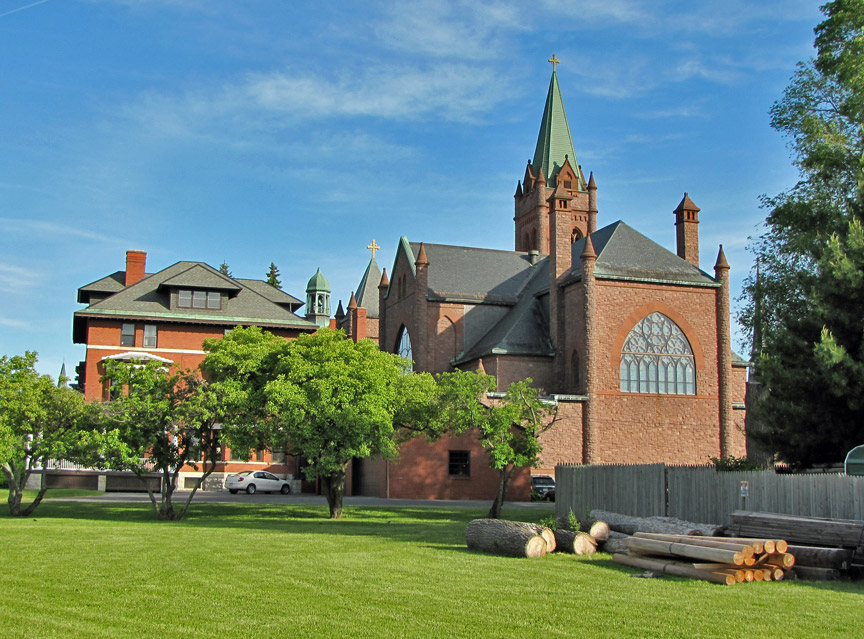
Rome, New Yorkrk
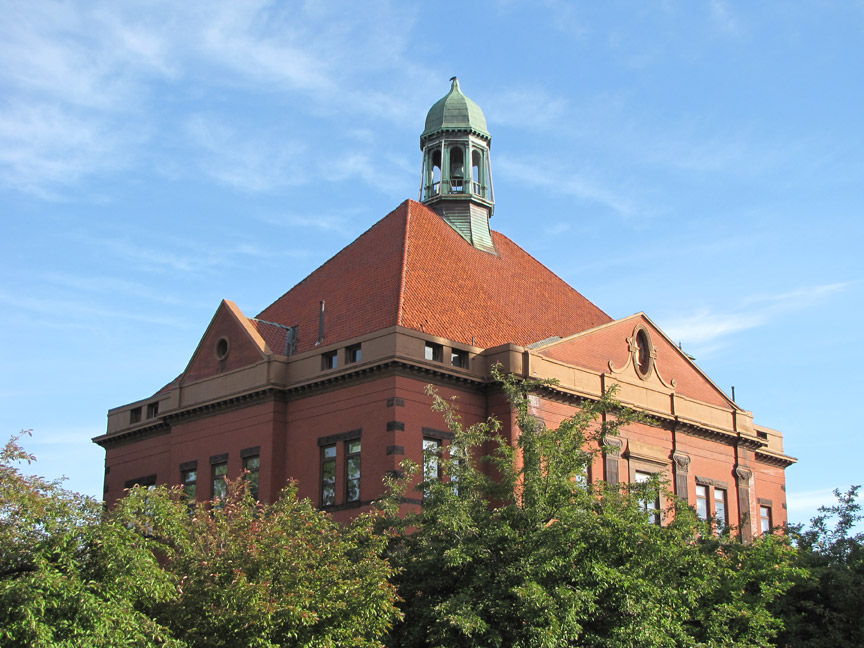
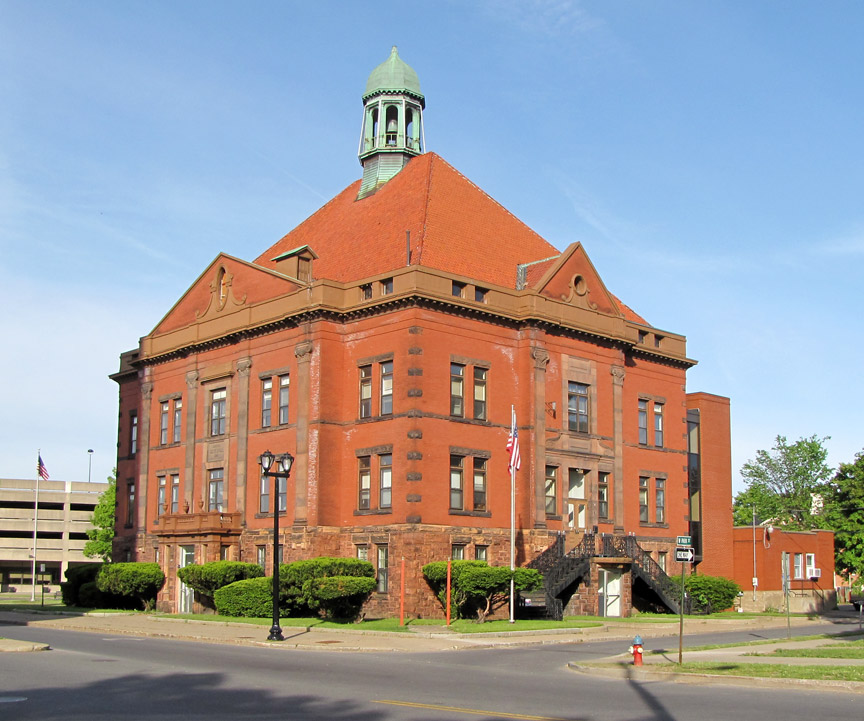
For thousands of years, the area occupied by the modern City of Rome, NY has
enjoyed great strategic and commercial importance, sitting along an ancient
east/west and northern trade route from the Great Lakes and Canada to the Hudson
River and the sea. The city is built astride the Oneida Carrying Place, known to
the Six Nations or Haudenosaunee people, as Deo-Wain-Sta, or The Great Carrying
Place. These names refer to a portage road or path between the Mohawk River to
east and Wood Creek to the west, leading to Lake Ontario. Located within the
modern city limits, this short portage path was the only overland section of a
trade route stretching over a thousand miles between Lake Ontario and the lower
Hudson. Boats coming up the Mohawk River from the Hudson had to transfer their
cargo and boats overland between 1.7 and six miles (depending on the season) to
continue west to Lake Ontario.o.

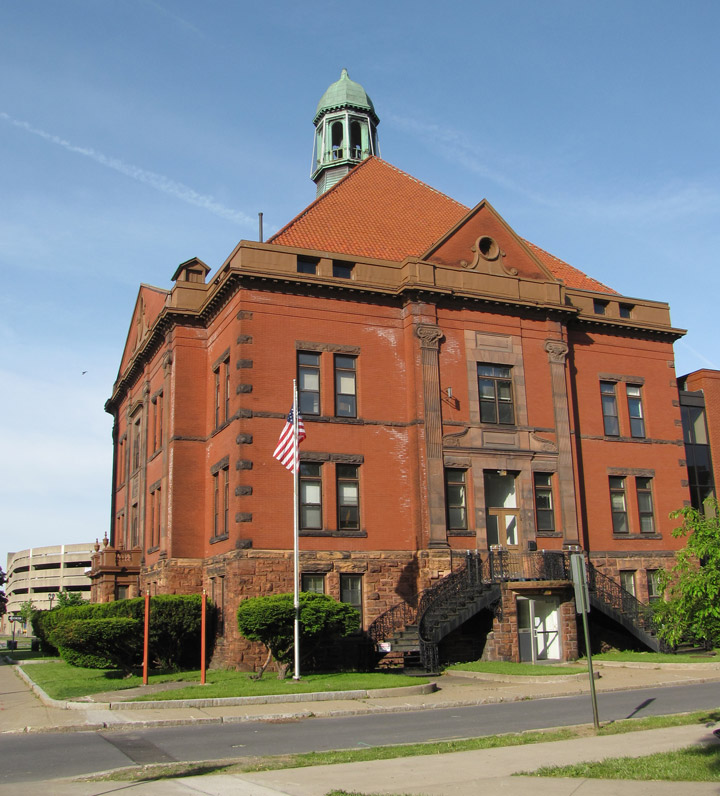
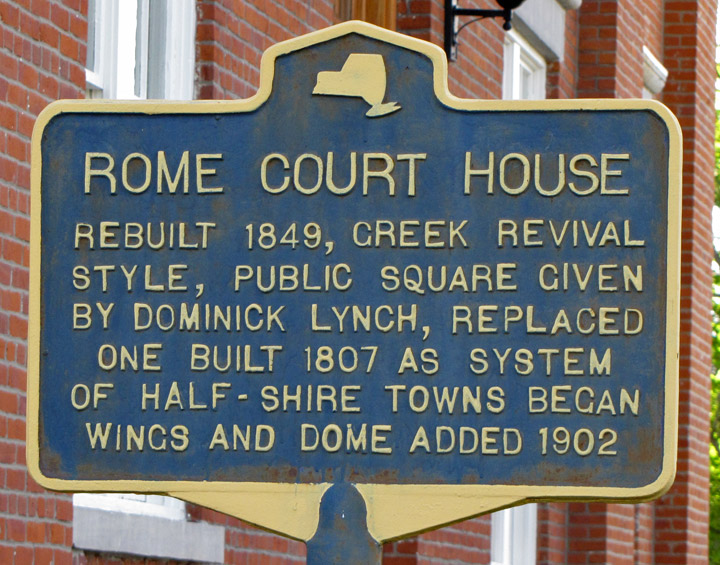
The region was the scene of bloody fighting during the French and Indian War.
The British had erected several small forts to guard the Oneida Carrying Place
and the lucrative fur trade against French incursions from Canada. However, a
combined French, Canadian and Native American force overwhelmed and massacred a
British force in the Battle of Fort Bull. Later in 1758 after several abortive
attempts to fortify the area, the British sent a very large force to secure the
Oneida Carry and build a stronger rampart complex named Fort Stanwix. The fort
was abandoned at the conclusion of the war.
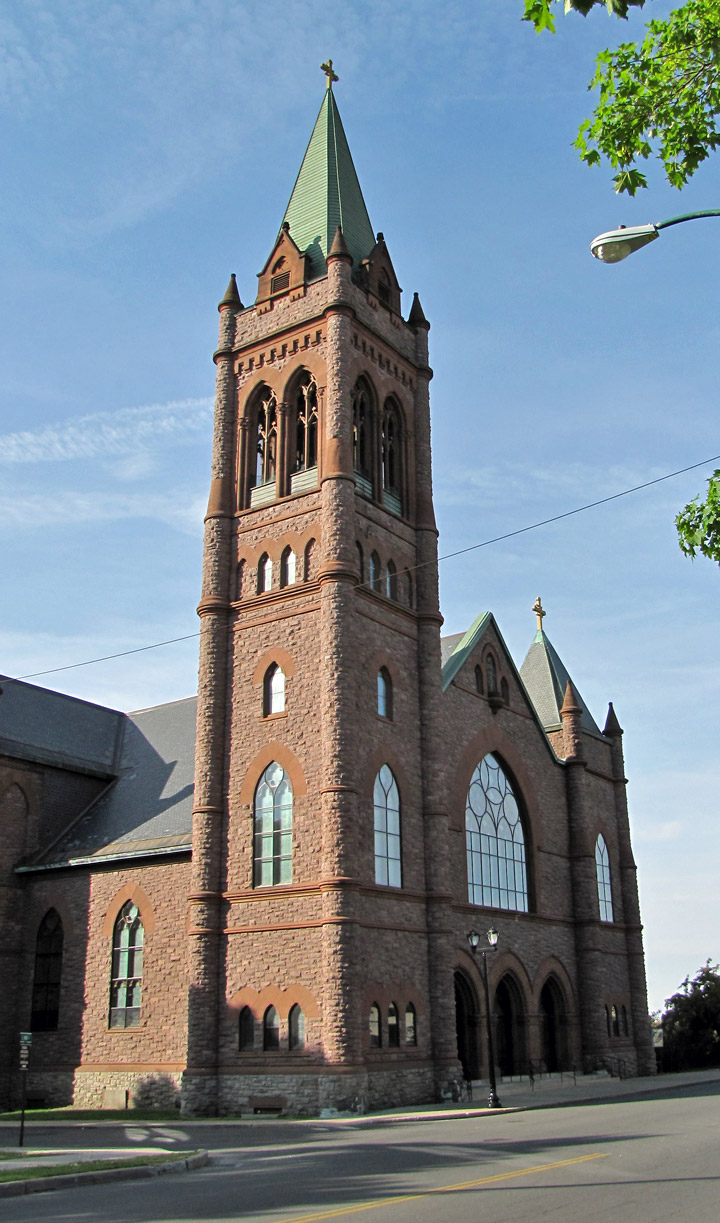
St. Peter's Roman Catholic Church


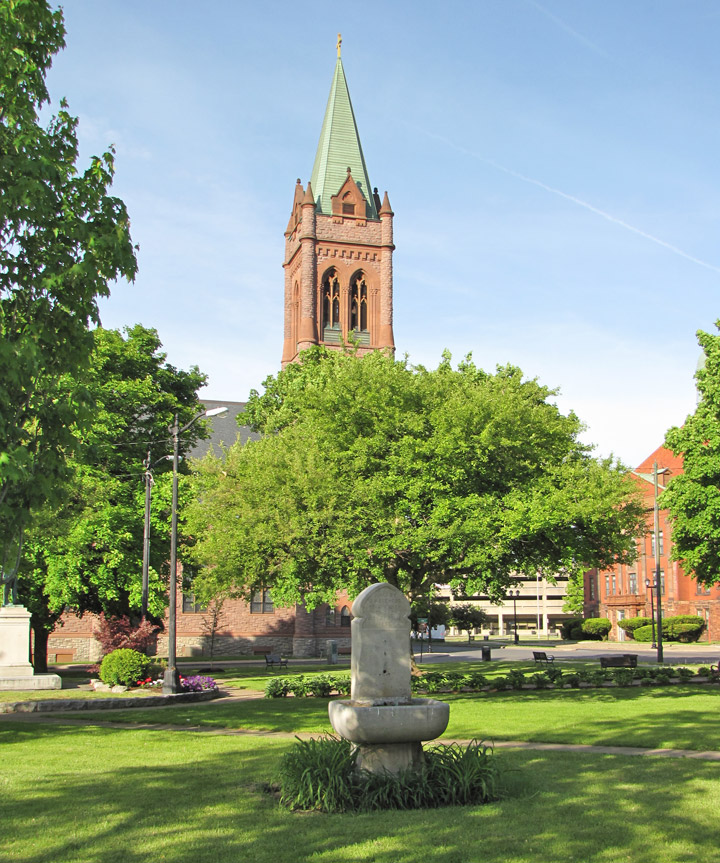
At the outbreak of the Revolutionary War, American Continental forces
reoccupied, rebuilt and improved Fort Stanwix. The installation played a pivotal
role in the Saratoga Campaign of 1777, becoming renowned as "the fort that never
surrendered". Patriot militia, regulars, and their Oneida Nation allies under
the command of Col. Peter Gansevoort, successfully repelled a prolonged siege in
August 1777 by British, German, Loyalist, Canadian and Native American troops
and warriors commanded British Gen. Barry St. Leger. The failed siege combined
with the battle at nearby Oriskany as well as the battles of Bennington, and
Saratoga thwarted a coordinated British effort to take the northern colonies,
and led to American alliances with France and the Netherlands.

Police Headquarters

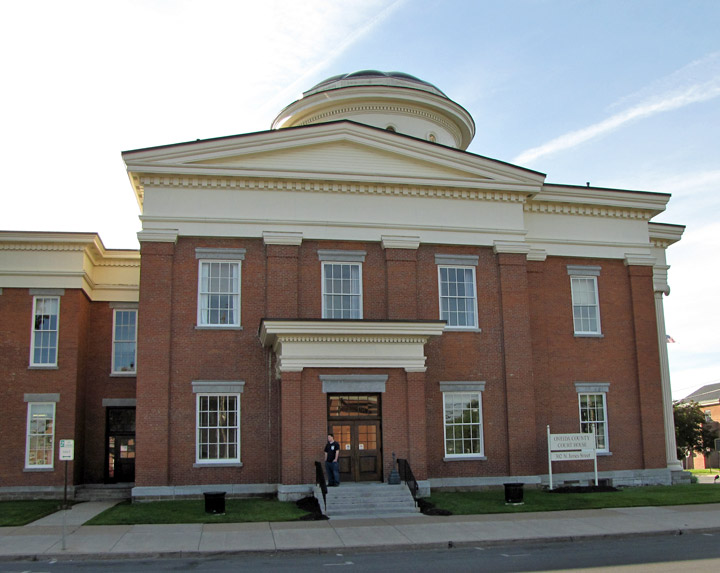
After the British repulse at Fort Stanwix, bloody fighting erupted along the
American northern frontier, resulting in terrible losses to American settlers
but especially the people of the Six Nations. Fort Stanwix became the primary
staging point for American attacks against British loyalist units and their
Haudenosaunee allies, including the Sullivan Expedition of 1779, a ruthless
scorched earth campaign against Iroqouis villages allied with the British. This
campaign was ordered by George Washington in response to fierce frontier attacks
and atrocities such as the Cherry Valley Massacre by loyalist irregulars led by
Mohawk Chief Joseph Brant and John Butler. The fort continued to shield
America's northwest frontier from British campaigns until finally abandoned in
1781.
Text from Wikipedia
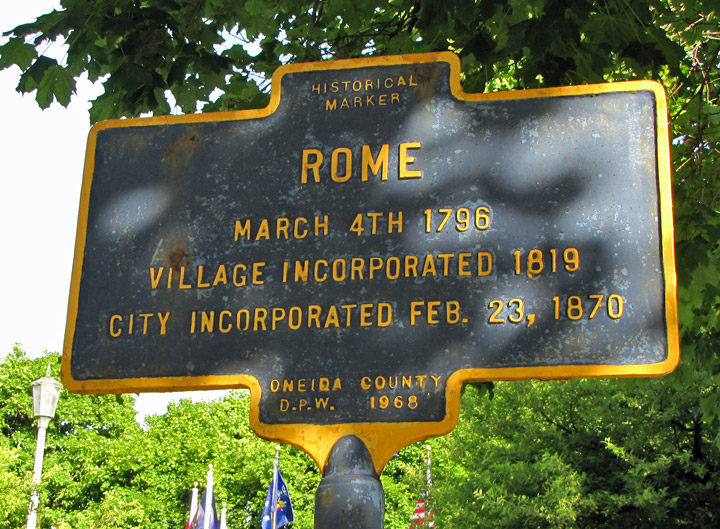
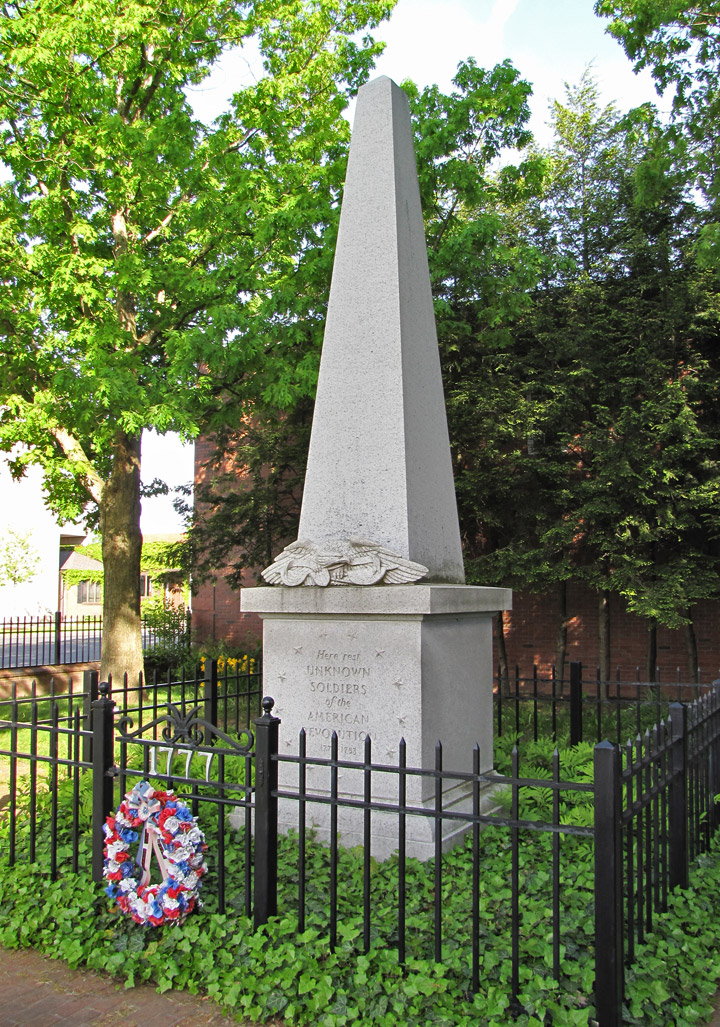
Unknown Soldiers of the American Revolution
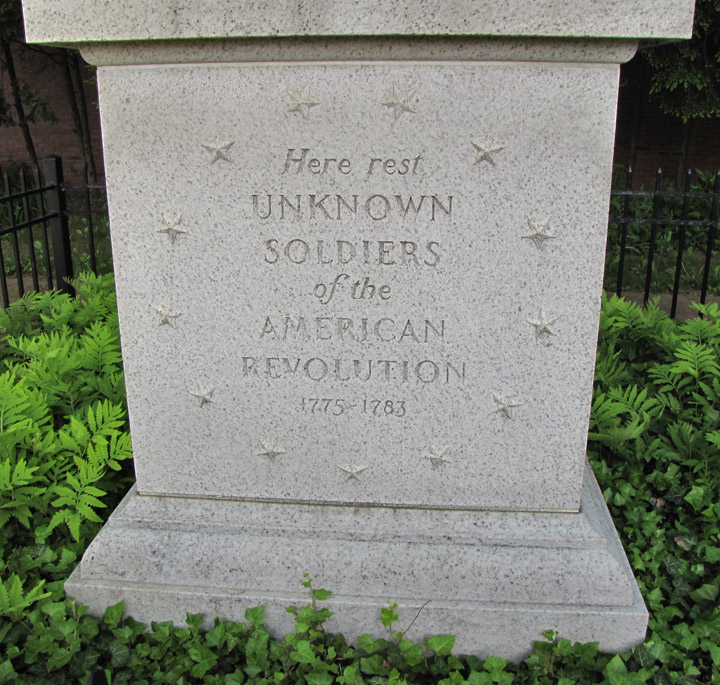
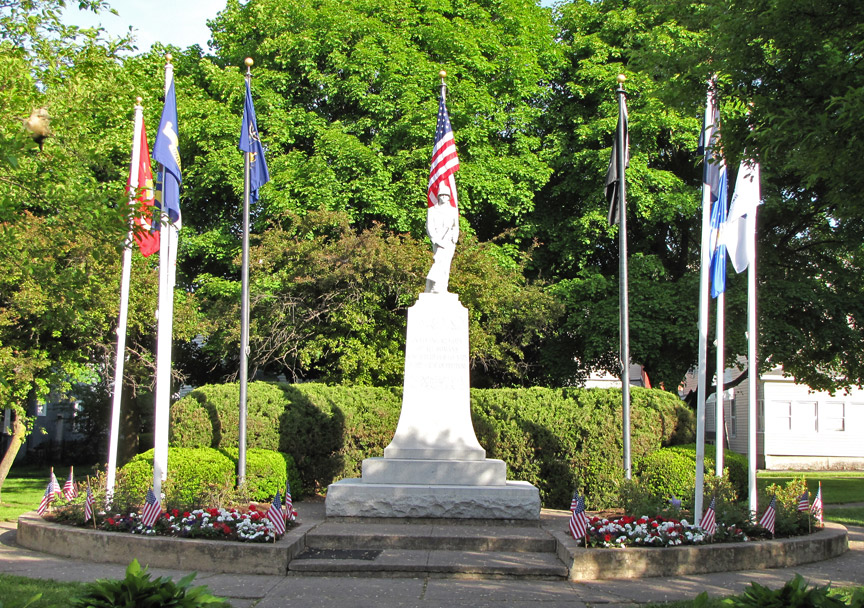
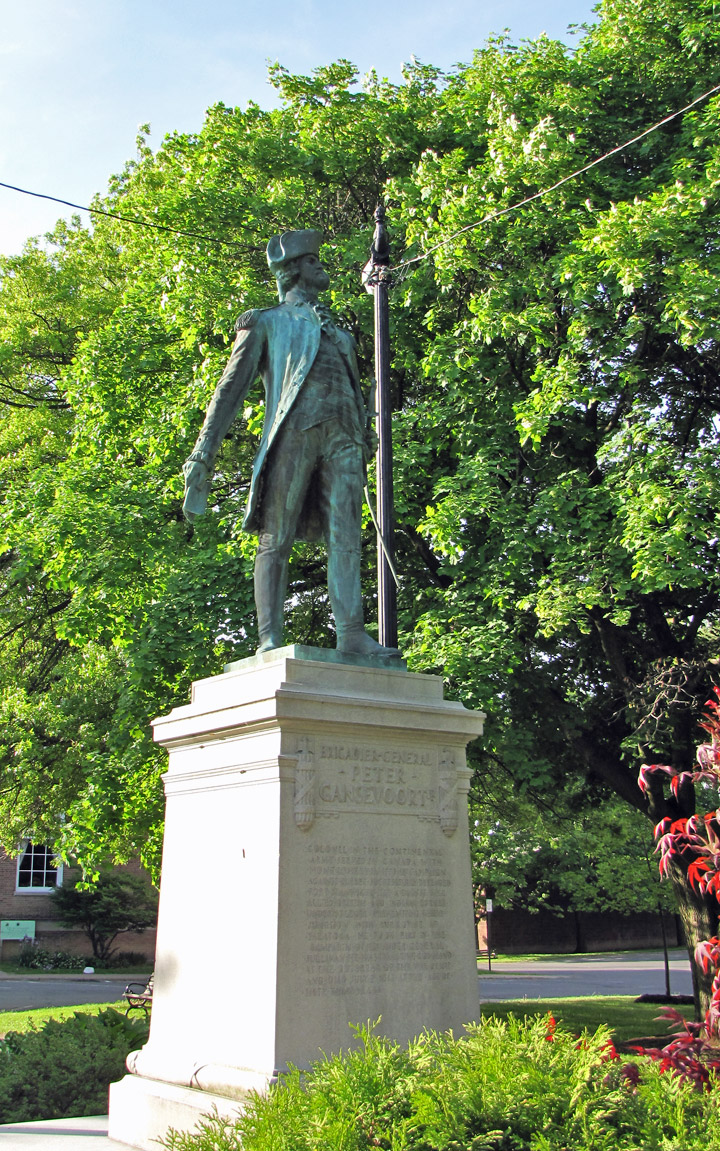
Peter Gansevoort Jr.
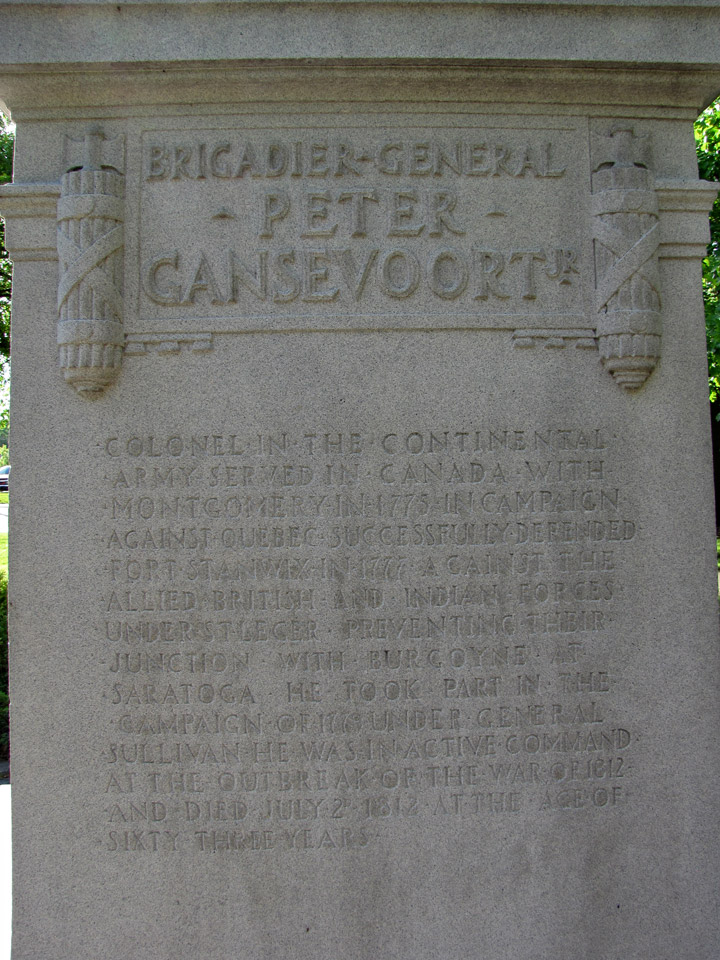
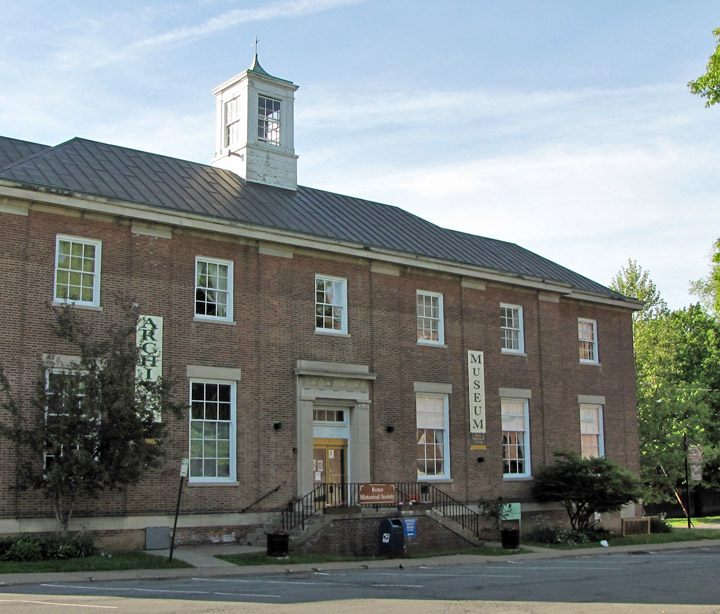
Museum
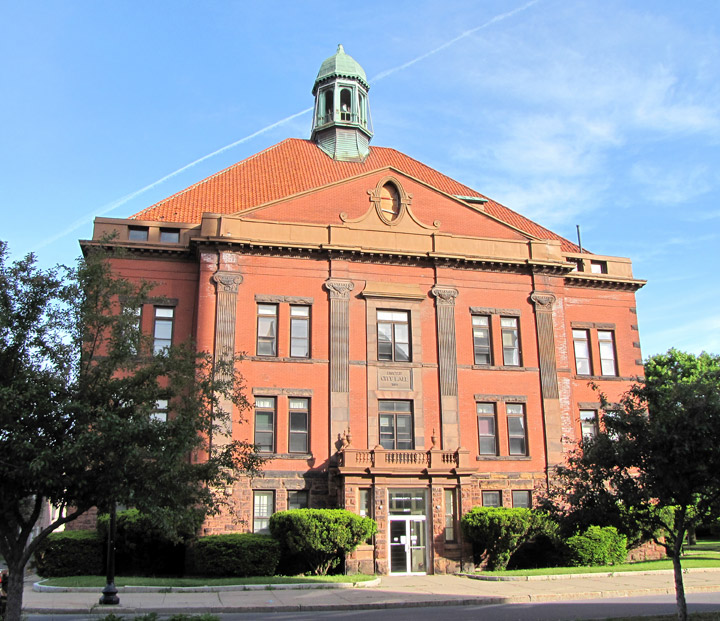

Joels Frontyard Steak House